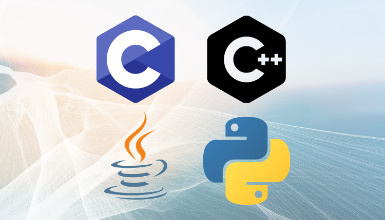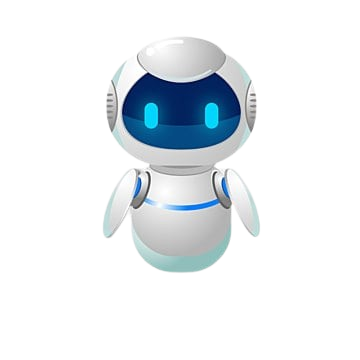Data Science

Call Now to Book a Slot
Course Highlights:
|
Let's talk about Data Science....
Before we dive into data science, I have a question. Have you ever wondered how Netflix recommends movies you might like or how Spotify creates playlists that match your mood? The answer lies in a powerful field called Data Science.
Data science is all about extracting knowledge and insights from data. It's like having a magic decoder ring that unlocks the hidden messages within the vast amounts of information we generate every day.
So, what does a data scientist do?
Think of a data scientist as a detective who solves puzzles using data as clues. Here's a typical process:
Ask a Question: It all starts with a question. Businesses might want to know how to improve customer satisfaction, predict sales trends, or identify potential fraud. Researchers might be looking for patterns in climate data or disease outbreaks.
Collect Data: Once a question is defined, data scientists need to gather relevant information. This could involve scraping data from websites, accessing databases, or conducting surveys.
Clean and Prepare Data: Raw data is often messy and incomplete. Data scientists spend a significant amount of time cleaning the data, removing errors, and formatting it for analysis.
Analyze the Data: Here's where the magic happens! Data scientists use various tools and techniques to analyze the data. This might involve statistical analysis, machine learning algorithms, or data visualization.
Interpret the Results: Once analyzed, the data needs interpretation. Data scientists need to explain what the results mean, identify patterns, and draw conclusions.
Communicate Insights: Finally, data scientists need to communicate their findings in a clear and concise way. This could involve creating reports, dashboards, or presentations for stakeholders.
Why is data science so important?
Data science is revolutionizing how we live and work. Here are a few reasons why it's so important:
Better Decision Making: Data-driven insights enable businesses and organizations to make informed decisions with greater confidence.
Improved Efficiency: Data science can be used to automate tasks, streamline processes, and optimize operations.
Personalized Experiences: From targeted advertising to customized product recommendations, data science helps companies tailor offerings to individual users.
Scientific Discoveries: Data science plays a crucial role in scientific research, enabling researchers to analyze complex datasets and make groundbreaking discoveries.
Is data science a good career choice?
The demand for skilled data scientists is rapidly growing across industries. It's a challenging but rewarding career path with excellent job prospects and good earning potential.
How can I get started with data science?
If you're curious about data science, here are some steps you can take:
Learn the Basics: Start by taking online courses or reading introductory books on data science, statistics, and programming languages like Python.
Practice with Code: Many online platforms offer free data sets and tutorials to practice your coding skills in data analysis and visualization.
Participate in Online Communities: Join online forums and communities for data science enthusiasts. Here you can ask questions, share your work, and learn from others.
Contribute to Open Source Projects: There are many open-source data science projects available online. Contributing to such projects is a great way to gain practical experience.
The world of data science is vast and ever-evolving. But by taking those first steps, you can unlock its potential and use data to make a difference in your field.


















